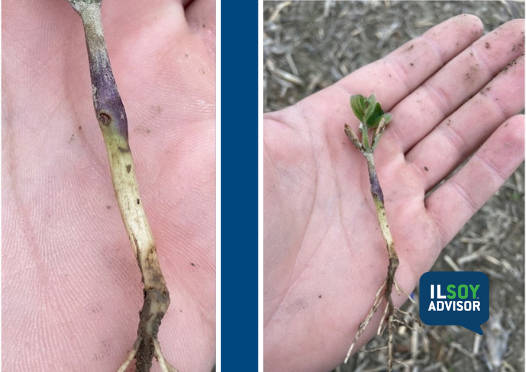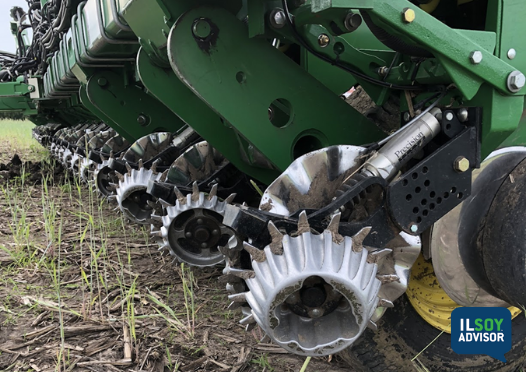If I were to ask the question, “What are the two largest management factors that come to mind when you hear soybean management factors?” What would your answer be? For myself, the top two things that come to mind are early planting date (late March and April) and herbicide resistance.
Early planting date has arguably been the biggest soybean yield driver because of the increased number of days before the plant starts to flower. This allows... Read More →
ILSOYADVISOR POST
Back to Back Soybeans
February 07, 2017
The biggest disadvantage of planting soybeans after soybeans will ultimately be the potential for increases in disease as well as soybean cyst nematode (SCN) populations:
- Soilborne diseases such as Pythium and Phytophthora (oomycetes) don’t necessarily increase when soybeans are planted after soybeans, but they are something you will need to contend with, especially if fields are stressed, low-lying or have poor drainage. Use seed treatments with both metalaxyl or ethaboxam for early season oomycetes. Soybean varieties can have different Phytophthora ratings and different Phytophthora genes, so make sure the variety has a good Phytophthora score.
- The greatest threat will be the buildup of soybean cyst nematodes and a soybean cyst nematode test could be in order. In limited cases you could rotate to a soybean variety with Peking soybean cyst resistance, but most soybean varieties will consist of the PI 88788 resistance. There can be different levels of the PI 88788 resistance in different soybean varieties. Ultimately, a seed treatment is recommended for early season SCN control.
- Diseases that overwinter in soybean residue such as bacterial blight, stem canker, pod and stem blight, Septoria brown spot and frogeye leafspot could be more severe in soybeans planted after soybeans. Soybean varieties will differ in their susceptibility to these diseases. Fungicide application may be warranted at R3 subject to the environment and disease score.
- Fields with a history of Sudden Death Syndrome (SDS) and white mold could be a major issue depending on the environment and disease rating on soybean varieties. Use a seed treatment such as VOTiVO® and ILeVO® from Bayer CropScience to protect against SDS and SCN. Reduce plant populations or apply a fungicide at R1 to help reduce the risk in fields with a history of white mold.
If you are considering planting a field back to soybeans, remember to be ‘on your game.’ You can score big if you select a different soybean variety to defend against potential diseases.
Stephanie Porter is a Sales Agronomist with Burrus® Hybrids with responsibilities that include educating growers and Burrus staff on all types of pests, weeds, diseases and other agronomic issues that affect corn, soybean and alfalfa production. Her territory encompasses Southern Wisconsin as well as Northern, Eastern and Southern Illinois.




Comments
Add new comment